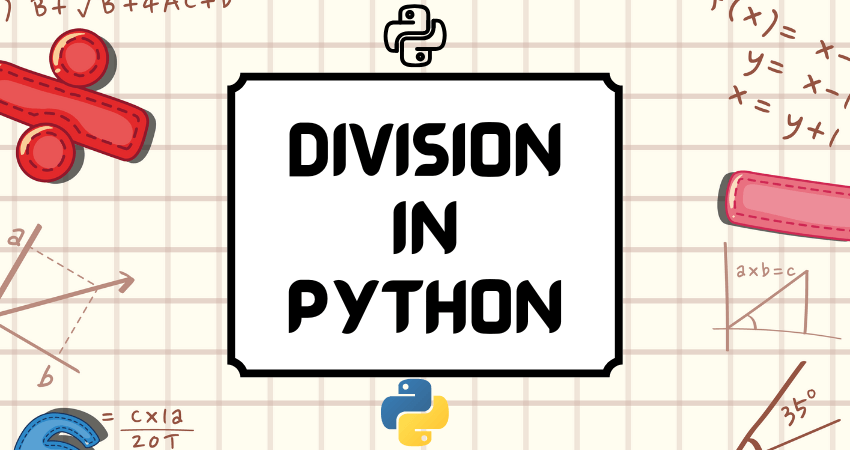Understanding data types in Python can feel a bit like solving a puzzle. With so many pieces, it’s important to know how they fit together—especially when it comes to division. When you divide numbers in Python, you might wonder what type of data you’ll get back. Let’s break this down.
The Basics of Division in Python
In Python, division can be done using the / operator. If you take two numbers, say, 10 and 2, and divide them like this: 10 / 2, what do you think you’ll get? The answer is 5.0. But wait—why is it 5.0 and not just 5? That’s because Python treats the result as a floating-point number, also known as a float.
What’s a Float Anyway?
A float is a data type that represents numbers with a decimal point. It’s like saying you’re aiming for precision. Just imagine measuring ingredients in a recipe. If you need 2.5 cups of flour, you can’t just say 2 cups. The decimal helps you get it just right. Similarly, Python gives you that extra detail when you divide, ensuring you’re accurate even if the numbers get tricky.
The Floor Division: An Interesting Twist
Now, you might be wondering about a different kind of division—floor division. This is when you want the biggest whole number that is less than or equal to the result. In Python, floor division is done with the // operator. If you take 10 // 3, you’ll get 3, not 3.3333. This rounds down, like taking a step back rather than moving forward. So, if you’re ever in a situation where you don’t want any decimals, floor division is your go-to buddy.
What About Division by Zero?
Now, let’s talk about a scenario that can be a bit of a troublemaker—division by zero. If you try to divide any number by zero in Python, like 10 / 0, get ready for an error. Python doesn’t let you go there because, mathematically, you can’t divide by zero. It’s like trying to run a race with no finish line. So, always be careful with your numbers to avoid this pitfall.
Summary: Data Types in Division
To wrap this up, when you divide numbers using the regular division operator / in Python, you get a float as the result. If you use the floor division operator //, you get an integer. And remember, division by zero will throw an error. Understanding these details helps you navigate Python’s world more smoothly, turning potential headaches into simple solutions. So next time you divide in Python, you’ll know exactly what type of data you’re working with!
| Read More Topics |
| How to build a calculator interview question? |
| Is cyber security or real estate a better career |
| How to code a binary classifier in python |






